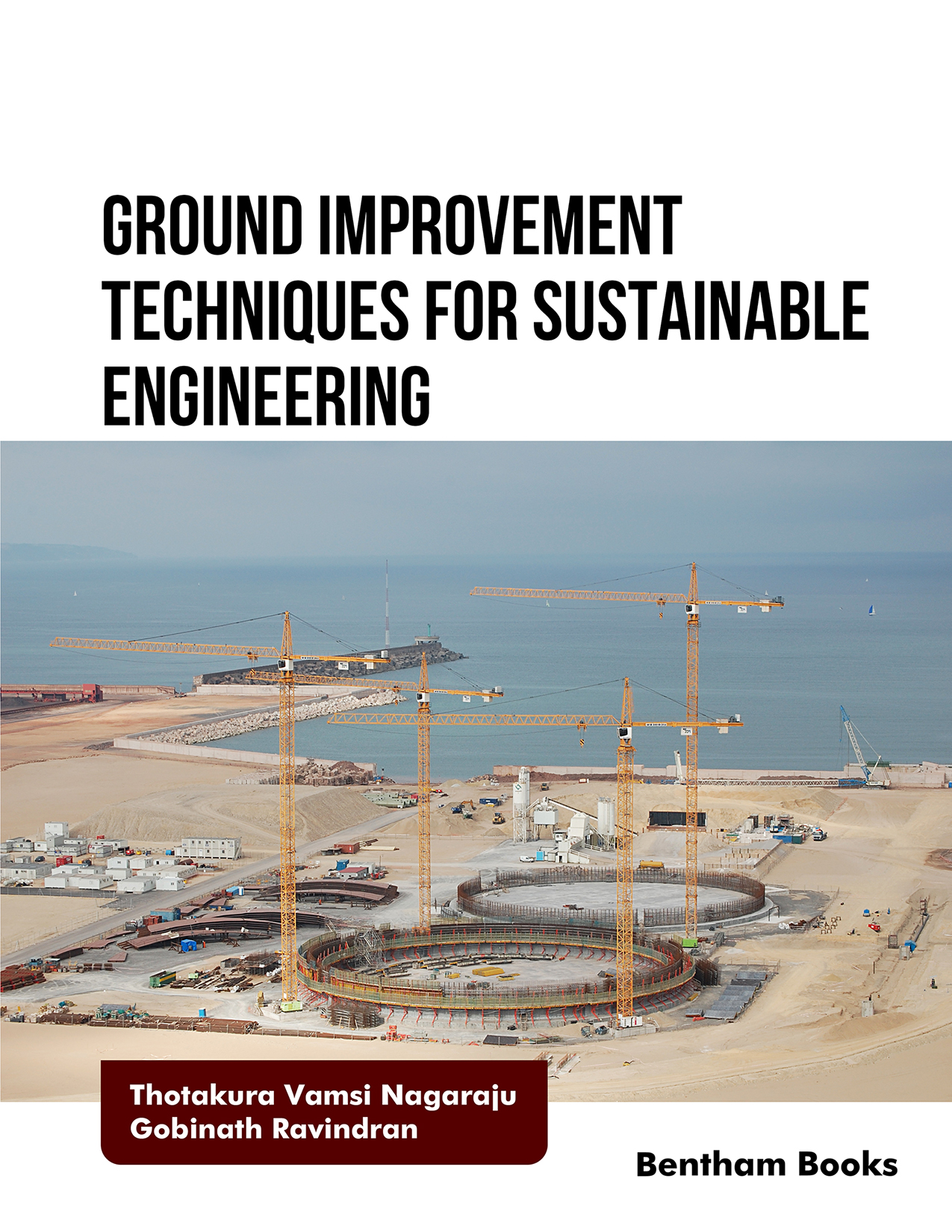Preface
In the evolving landscape of geotechnical engineering, the application of ground improvement techniques has become indispensable. Also, this domain has witnessed bountiful innovations in recent decades. With the increasing demand for construction using soil as an engineering material on less-than-ideal grounds, these techniques are essential, and they focus on enhancing the bearing capacity and reducing the settlement of weak soils, thereby ensuring the structural integrity and longevity of engineering projects resting over the soil. This book delves into the expansive subject of ground improvement techniques with special emphasis on techniques supporting Sustainable Development Goals (SDG). It offers a comprehensive exploration of methods designed to reinforce soft clays and loose sands, materials often deemed challenging due to their low bearing capacities and susceptibility to considerable settlement under stress.
This textbook presents readers with an extensive range of ground improvement methods, including compaction and stabilization, preloading and sand drains, lime-soil and stone columns, electro-osmosis, and grouting, as well as the use of geosynthetics and heavy tamping. Each approach is thoroughly examined, detailing its utility, efficacy, and scientific basis. The aim is to provide a wealth of knowledge for practitioners, scholars, and students that encompasses theoretical foundations, practical applications, and the most recent advancements in the field. This book delves into how these challenging conditions can be tackled through densification, dewatering, chemical stabilization, and other innovative techniques, thus transforming problematic soils into suitable foundations for construction. From conventional compaction methods to pioneering approaches involving geosynthetics, the content is designed to reflect the durable and cutting-edge strategies in ground improvement.
As we delve into the chapters, detailed discussions on techniques such as dynamic compaction, chemical stabilization, and stone-column installation provide insights into the complex processes and engineering principles involved. Additionally, modern challenges and solutions, such as the use of soil nails, micropiles, and ground anchors, demonstrate the adaptable and forward-thinking nature of geotechnical engineering. This book is an endorsement of the wide range of ground improvement techniques and serves as a guide towards their optimal and well-informed application in the pursuit of durable and resilient infrastructure development.
We are pleased to introduce this book, which is intended to serve as a helpful resource for individuals involved in the commendable pursuit of enhancing the land to promote human progress while preserving the Earth's well-being.
Thotakura Vamsi Nagaraju
Department of Civil Engineering
SRKR Engineering College
Bhimavaram, India
&
Gobinath Ravindran
University Center for Research and Development
Chandigarh University
Mohali, India

